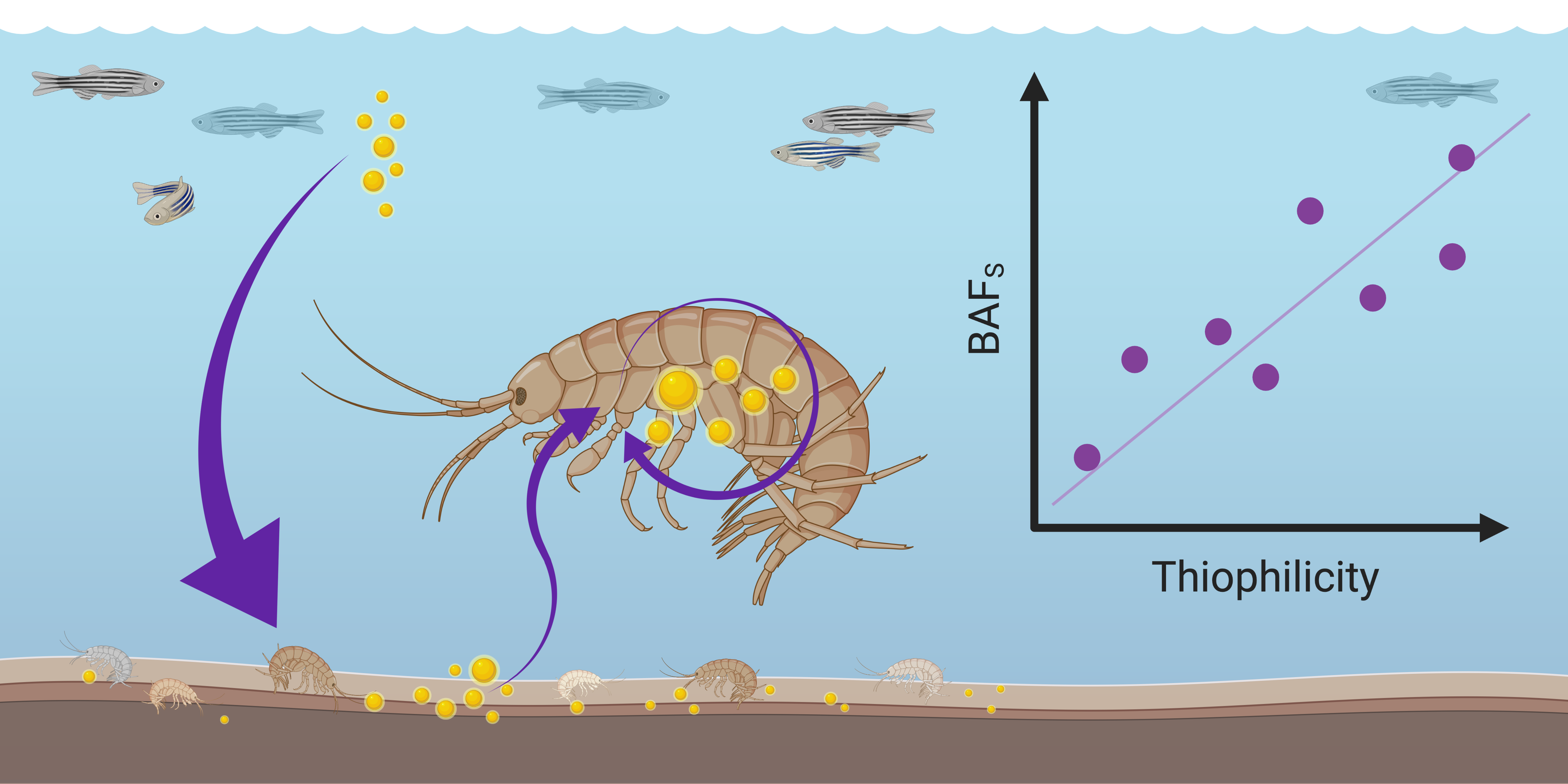In This Section
New article in Environmental Pollution by Dr Tim Sullivan and Irene O'Callaghan!

MESA Principal Investigator, Dr Tim Sullivan, and PhD candidate, Irene O'Callaghan, have, along with Dr Dara Fitzpatrick of the School of Chemistry (UCC), co-authored a recent publication, entitled Thiophilicity is a determinant of bioaccumulation in benthic fauna. This study examines the uptake and bioaccumulation of sediment-bound contaminants in benthic macroinvertebrates. It is shown that the rate of bioaccumulation is linked to the elemental thiophilicity of the contaminant. The paper offers new insight into the mechanisms of bioaccumulation and triophic transfer in the aquatic environment, and presents evidence supporting the existence of a thiol-mediated process in benthic fauna.
The full article can be accessed at: https://doi.org/10.1016/j.envpol.2021.118641
Abstract
Aquatic contamination can settle into sediments, where it complexes with organic matter and becomes bioavailable. The resulting bioaccumulation of these contaminants by benthic fauna poses a serious threat due to the potential for trophic transfer. This paper offers an insight into the heterogenous accumulation behavior of different elements, and the consequences for ecological risk.
In this study, we present field quantification of sediment-associated bioaccumulation factors (BAFS) in freshwater benthic macroinvertebrates. 17 elements were quantified using ICP-MS in sediment and Asellus aquaticus and Gammarus sp. samples. Previously published reports of contaminant concentrations in freshwater and marine sediments and benthic fauna were likewise analyzed to provide a complementary picture of bioaccumulation across contaminants and taxa. We demonstrate that the BAFS correlates strongly with the thiophilicity of the elemental contaminants, as defined by (Kepp, 2016), for all strata examined.
These findings support the hypothesis that thiol-mediated processes, such as that of metallothionein, play a larger role in bioaccumulation than typically afforded. In conclusion, we demonstrate the potential for the thiophilic scale to act as a predictor of accumulation potential.
Materials & Environmental Science Applications
Grúpa Taighde d'Ábhair & Feidhmeanna Eolaíocht Chomhshaoil
Contact us
School of BEES, University College Cork, Cork Enterprise Centre, Distillery Fields, North Mall, Cork, T23 TK30
